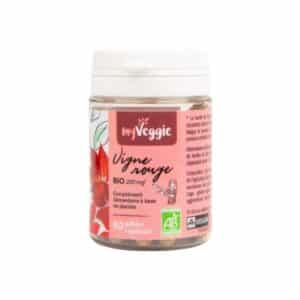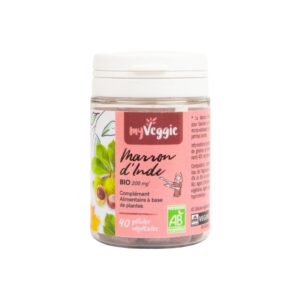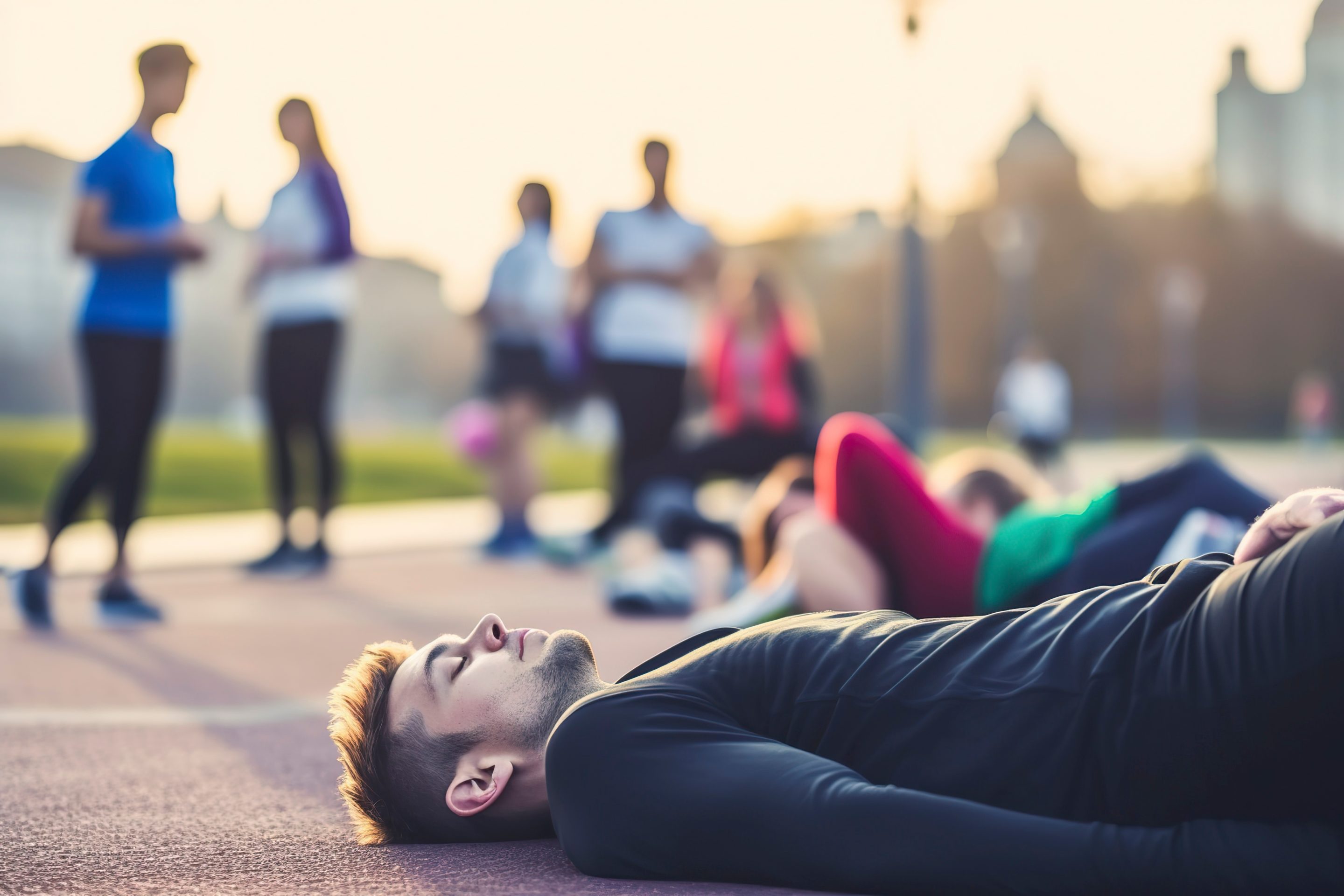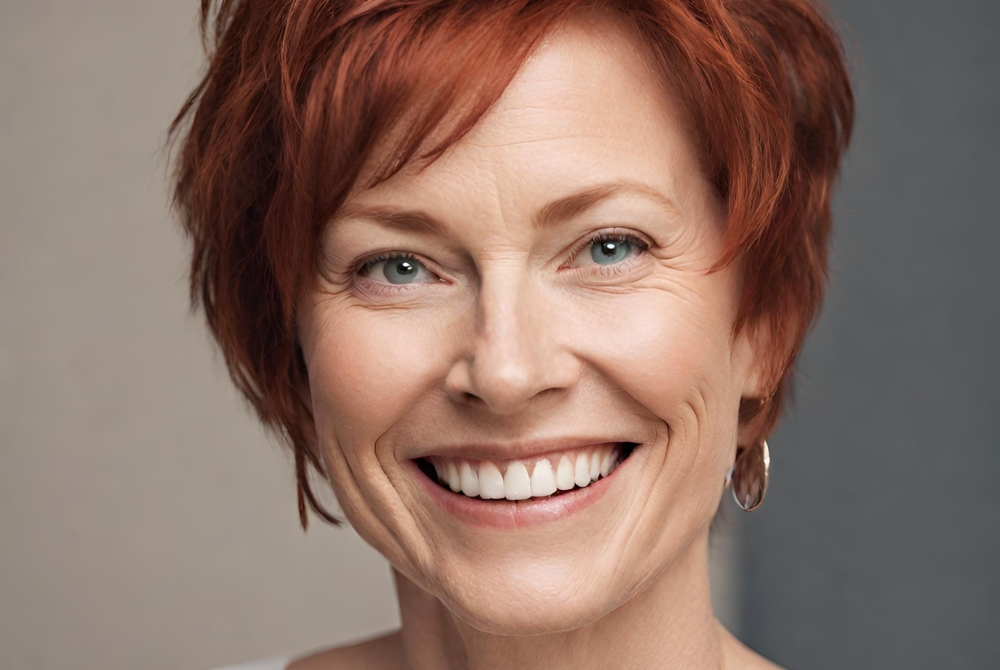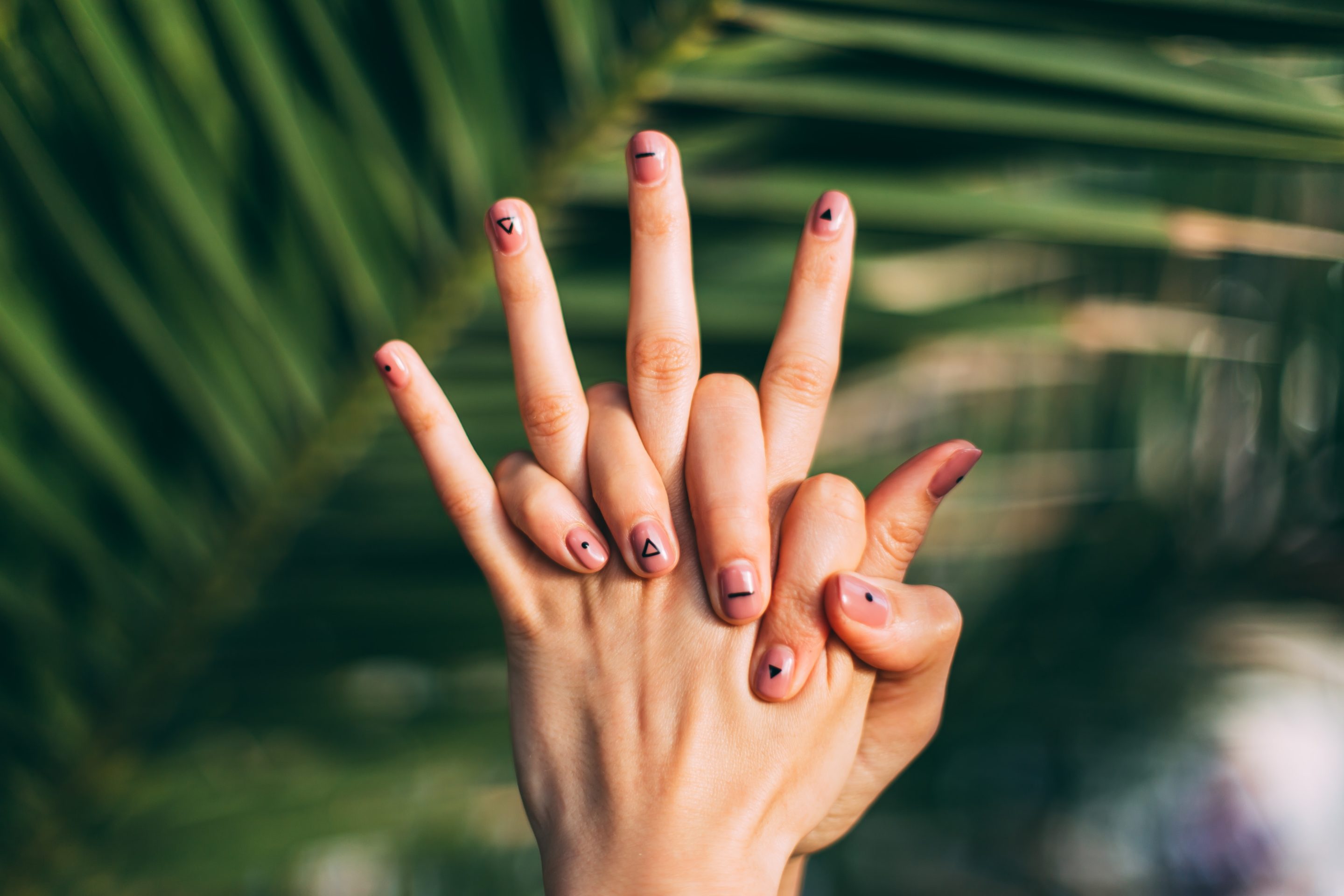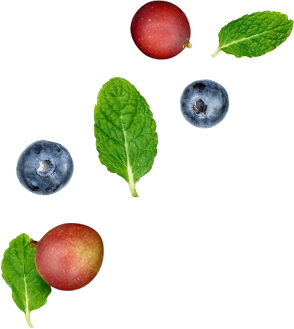Heavy legs are a common and unpleasant sensation, which can be linked to poor blood circulation in the veins. This phenomenon is common, and particularly affects women, who ask themselves "how can I relieve heavy legs?", with almost 70% of them affected by this condition. Chronic venous insufficiency, i.e. malfunctioning valves, is often the cause of heavy legs.
The symptoms associated with heavy legs vary from person to person, but generally include swollen ankles, cold feet, pain, cramps and tingling. If the condition is not treated effectively, it can progress to complications such as varicose veins. So it's important to understand the causes and factors that contribute to heavy legs, as well as the appropriate treatments and means of prevention.
Heavy legs and venous circulation
Vein anatomy and causes
Heavy legs are often linked to poor venous circulation. In the legs, veins and valves ensure the return of blood to the heart. Valves prevent blood from flowing back downwards, thus facilitating circulation. When these valves malfunction, blood has difficulty flowing back upwards, causing a sensation of heaviness and discomfort known as heavy legs. This phenomenon is often due to venous insufficiency. Venous insufficiency is more common in women, and can develop into varicose veins.
Symptoms and risk factors
Common symptoms of heavy legs include:
- Swollen ankles
- Cold feet
- Tingling legs
- Cramps and tingling
- The beginnings of varicose veins
There are several risk factors for heavy legs and venous circulation problems, including :
- Prolonged standing or sitting, especially without moving
- Age
- Obesity
- Pregnancy
- Family history
- A sedentary lifestyle
It is important to consult a doctor in the event of persistent symptoms or discomfort. Although there is no specific treatment for heavy legs and venous insufficiency, it is possible to adopt preventive measures and adopt a healthy lifestyle to improve venous circulation and reduce symptoms.
Prevention and treatment methods for heavy legs
Medical and natural treatments
There are several treatment options for heavy legs and venous circulation. Venotonics are medicines that help tone and strengthen vein walls. These include Red Vine & Horse Chestnut.
Natural treatments can also be adopted to support venous circulation. For example, applying cold water compresses to the legs at the end of the day helps relieve the sensation of heavy legs. Elastic compression stockings or tights are also beneficial, as they compress the limbs and encourage the return of venous blood.
Improved lifestyle
Adopting a healthier lifestyle is essential to preventing and treating problems of heavy legs and venous circulation. Here are a few preventive measures you can take:
- Physical activity: exercise such as walking, swimming and cycling is recommended to promote blood circulation.
- Avoid excessive heat: it's important not to expose the legs to heat, as this can aggravate symptoms.
- Elevate your legs: sleeping with your legs slightly elevated can help improve blood circulation.
- Watch your weight: adopting a balanced diet will help you maintain a healthy weight and limit the impact on your veins.
In short, to combat heavy legs and improve venous circulation, we recommend adopting a healthy lifestyle, including appropriate physical activity, a balanced diet and regular leg care. Medical and natural treatments can also be considered, depending on individual needs.
Varicose veins and their impact on venous circulation
Varicose veins are dilated, tortuous veins visible under the skin, indicating a problem with venous circulation. They are commonly observed on the legs, particularly in women. Varicose veins are associated with a variety of conditions, including heavy legs, chronic venous insufficiency and chronic venous disease.
Types of varicose veins and symptoms
Varicose veins can be classified according to their size and appearance:
- Main varicose veins: these are dilated, tortuous subcutaneous veins with incontinent valves, and a caliber greater than 3 mm in the standing position.
- Reticular veins, varicosities or telangiectasias: smaller veins with a diameter of less than 3 mm.
Symptoms of varicose veins include pain, itching, leg fatigue, cramps and edema. In the long term, they may develop into phlebitis, chronic venous disease or chronic venous insufficiency.
Treatment options and prevention
There are various options for the treatment and prevention of varicose veins:
- Surgery: in severe cases, surgery may be required to remove varicose veins. However, it is possible for new varicose veins to form afterwards.
- Injections: a series of injections can be used to eliminate varicose veins.
- Medication: some studies have shown no effect on disease progression, but they can relieve symptoms caused by poor venous circulation, such as heavy legs.
To prevent varicose veins, it is important to maintain good vascular health:
- Eat a balanced, nutrient-rich diet
- Exercise regularly to improve blood circulation
- Avoid sitting or standing for long periods of time
- Elevate legs when necessary
Risk factors for venous circulation problems
Medical and environmental conditions
Several medical and environmental conditions can contribute to venous circulation problems and the sensation of heavy legs. These include pregnancy, obesity, overweight and aging. Heredity also plays a role in the onset of these problems, particularly where a family history of venous insufficiency is concerned.
The environment in which we live can also have an impact on venous circulation. For example, wearing clothes that are too tight, underfloor heating or crossing your legs can all have an adverse effect on blood circulation in the legs.
Behaviors and habits
Certain lifestyle habits and behaviors can contribute to the development of venous circulation problems. Walking and prolonged standing are factors that can aggravate venous insufficiency. A sedentary lifestyle is also a predisposing factor.
On the other hand, adopting an active lifestyle and engaging in regular physical activity can help prevent circulatory problems. We recommend exercises such as walking, swimming or cycling, which improve blood circulation and strengthen leg muscles.
Side effects of venous circulation problems
Pain and discomfort
Venous circulation problems in the legs, such as venous insufficiency, can cause pain, cramping and uncomfortable sensations. People with venous insufficiency may experience pain and tingling in the calves and feet, as well as occasional pins and needles. These sensations can be aggravated by standing or sitting for long periods. In addition, people with poor venous circulation may also experience impatience, cramping or edema in the legs. 1.
Skin disorders and other complications
Insufficient circulation can also lead to skin problems such as eczema and skin infections. Circulation disorders can lead to poor nutrition of skin tissue, making it more vulnerable to infection and skin ulcers.
What's more, untreated venous circulation problems can lead to serious complications. For example, venous insufficiency can lead to the formation of blood clots in the vessels of the legs, increasing the risk of phlebitis and pulmonary embolism. It is therefore essential to consult a health professional if you suspect blood circulation problems.
Support solutions for heavy legs
Socks and support stockings
Compression stockings and compression socks are highly effective solutions for relieving heavy legs and improving blood circulation. They exert pressure on the lower limbs, helping blood to flow upwards and reducing the sensation of heaviness.
It's important to choose the right size and level of compression for the best results. It is advisable to consult a healthcare professional, such as a pharmacist, to help you make the right choice.
Complementary Therapies
- Lymphatic drainage: Lymphatic drainage is a gentle massage technique that stimulates lymphatic circulation and helps reduce fluid build-up in the legs. This method can be performed by a professional or learned to practice at home.
- Essential oils: Certain essential oils, such as cypress and menthol, can be applied topically to promote blood circulation and relieve heavy legs. It is important to dilute essential oils in a carrier oil and to follow the precautions for use.
- Avoid hot baths: Hot baths can aggravate the symptoms of heavy legs, as the heat dilates the blood vessels. Prefer lukewarm showers, ending with a cold water spray on the legs to stimulate circulation.
- Alternative therapies: Other methods, such as acupuncture or reflexology, can be considered to relieve heavy legs, but their effectiveness needs to be assessed on an individual basis.
By combining compression stockings with complementary therapies, it is possible to reduce the symptoms of heavy legs and improve venous circulation.
Tips to improve venous circulation
There are a number of ways to improve venous circulation and relieve heavy legs. Here are a few tips to follow:
- Diet: A balanced diet rich in flavonoids, found in fruit and vegetables, can help strengthen vein walls. Plant extracts such as Horse Chestnut & Red Vine can also be beneficial as natural veinotonics.
- Sports and exercise: Regular physical activity helps activate blood circulation and prevent the sensation of heavy legs. A 30-minute walk in the morning and evening is a good way to stimulate circulation.
- Leg massage: A gentle, regular massage of the legs helps relieve feelings of fatigue, numbness, burning and itching. It's important to start massaging the lower legs and work up towards the thighs, to encourage venous return.
- Wearing compression stockings: Wearing compression socks helps to compress the veins and facilitate venous return. Make sure they are stretched tightly over your legs, without wrinkles, to ensure even compression.
- Avoid heat: Heat can aggravate the symptoms of heavy legs by dilating the veins. Prefer lukewarm baths and avoid prolonged exposure to the sun.
- Leg elevation: Elevating the legs at rest helps blood circulation and reduces feelings of numbness and fatigue. You can also perform simple exercises such as swinging your legs from left to right to activate the venous pump.
By following these lifestyle tips, you can improve venous circulation and reduce the discomfort of heavy legs.
https://www.vidal.fr/maladies/coeur-circulation-veines/jambes-lourdes/que-faire.html
https://www.vidal.fr/maladies/coeur-circulation-veines/jambes-lourdes/traitements.html
https://www.vidal.fr/maladies/coeur-circulation-veines/jambes-lourdes/traitements.html

